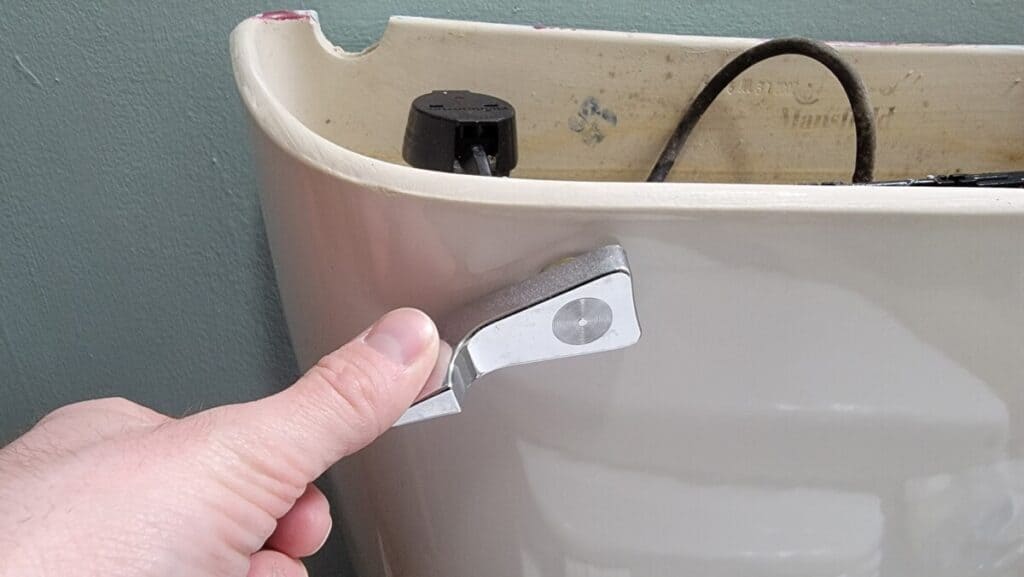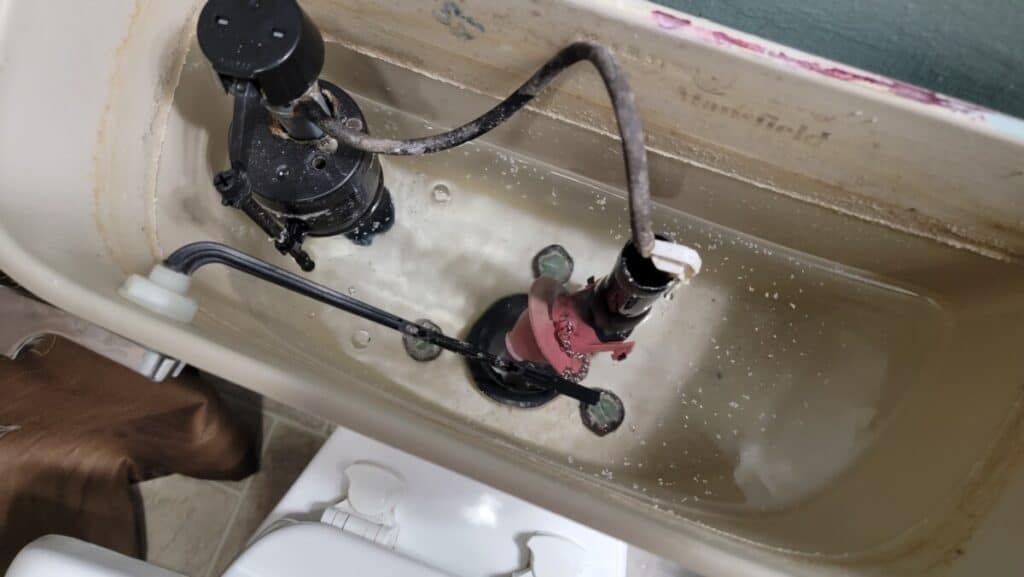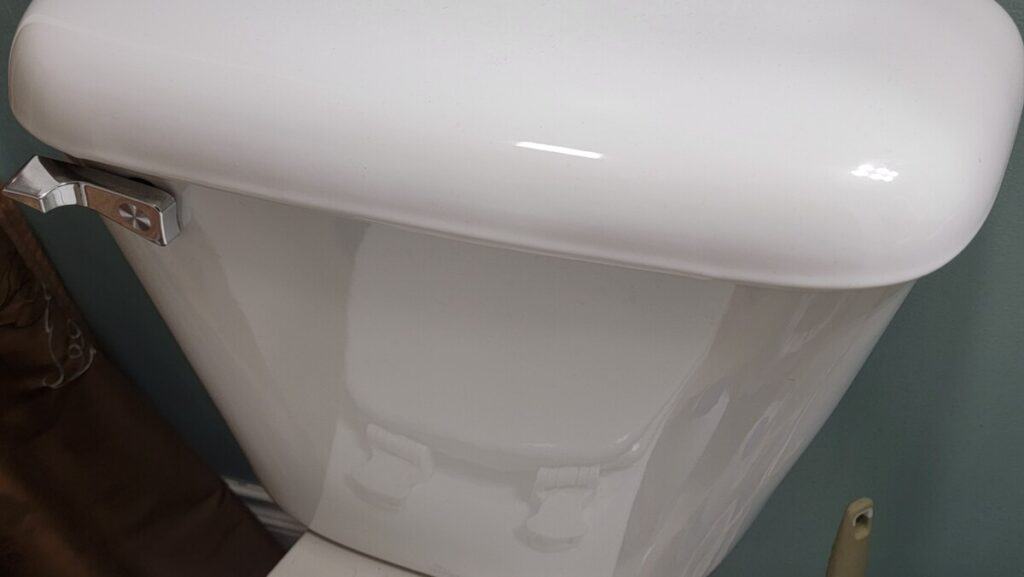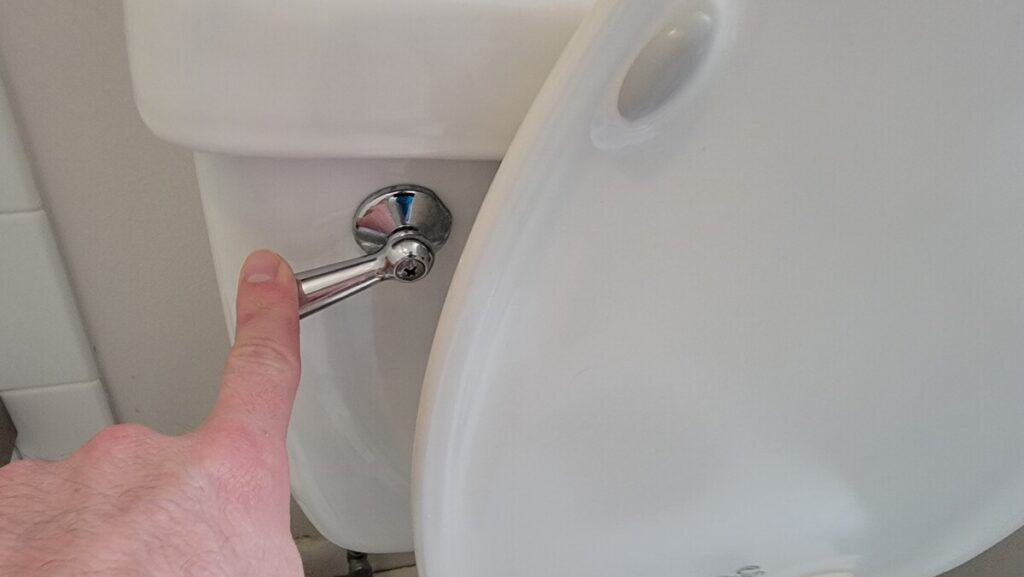Toilet Overflowing with Poop? Here’s What to Do!
An overflowing toilet is one of the most unpleasant and stressful experiences a homeowner can face, especially when it’s overflowing with poop. Not only does this create a mess, but it also poses potential health hazards. Unfortunately, this particular problem has presented itself on several occasions over the past 10 years while I worked in maintenance at a property boasting over 250 toilets and I was responsible for fixing the problem.
In this article, we’ll walk you through the steps to take when faced with an overflowing toilet, including how to stop the overflow, clean up the mess, and sanitize the area according to guidelines from the Centers for Disease Control and Prevention (CDC).
1. Remain Calm and Take Action
First and foremost, it’s crucial to remain calm when faced with an overflowing toilet. Panic can lead to mistakes and cause even more damage. Take a deep breath and remind yourself that you can handle this situation. It’s just poop. Take that breath yet? Let’s quickly get to the next step.
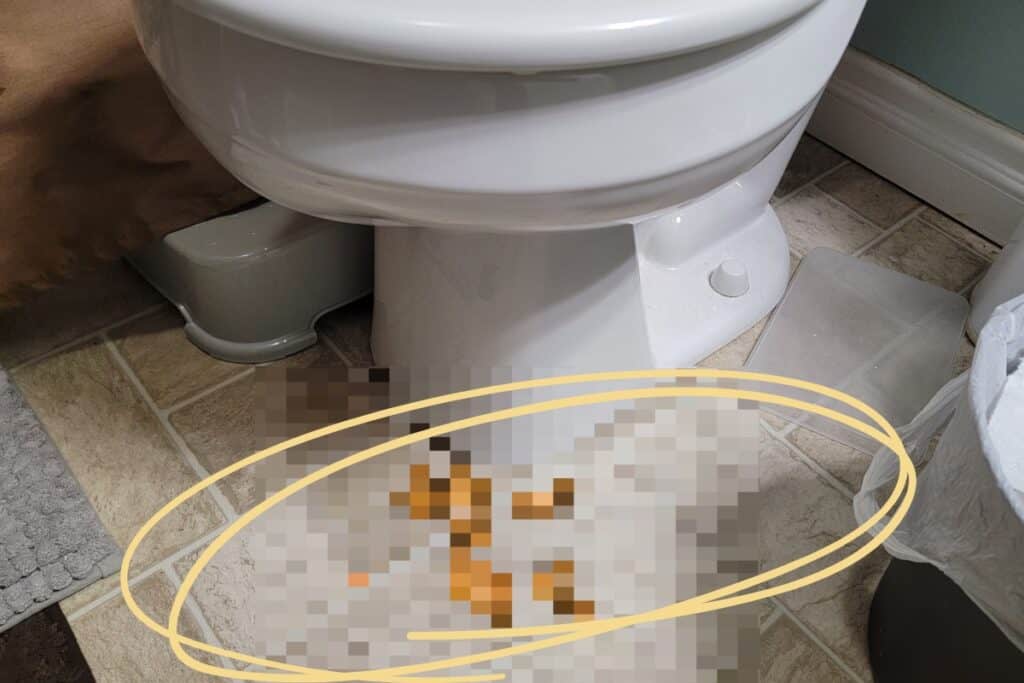
2. Turn Off the Water Supply
As soon as you notice the toilet overflowing, turn off the water supply to prevent further flooding. Locate the shut-off valve, which is typically located behind the toilet, near the floor. Turn the valve clockwise to shut off the water. Now you can breathe again… but I recommend mouth breathing until this is cleaned up.

3. Assess the Situation
Now that the water supply is off, take a moment to assess the situation. Determine the cause of the overflow. Is it a clog or a malfunctioning component within the toilet? If it’s a clog, you can proceed with the next step. If it’s a malfunction, you may need to call a plumber or trusted handyman.
4. Plunge the Clog
Before you tackle this, get some clothes that you don’t mind getting dirty. If you are at work or can’t change, wear a towel around your waist and wrap towels around your legs and work shoes.
If a clog is causing the overflow, grab a plunger and attempt to clear it. Place the plunger over the drain hole and push down firmly, then pull up quickly. Repeat this motion several times, ensuring that you maintain a tight seal around the drain hole. If the water level decreases, you’ve successfully unclogged the toilet. If not, you may need to call a professional plumber or use a toilet auger or snake if you have one available.
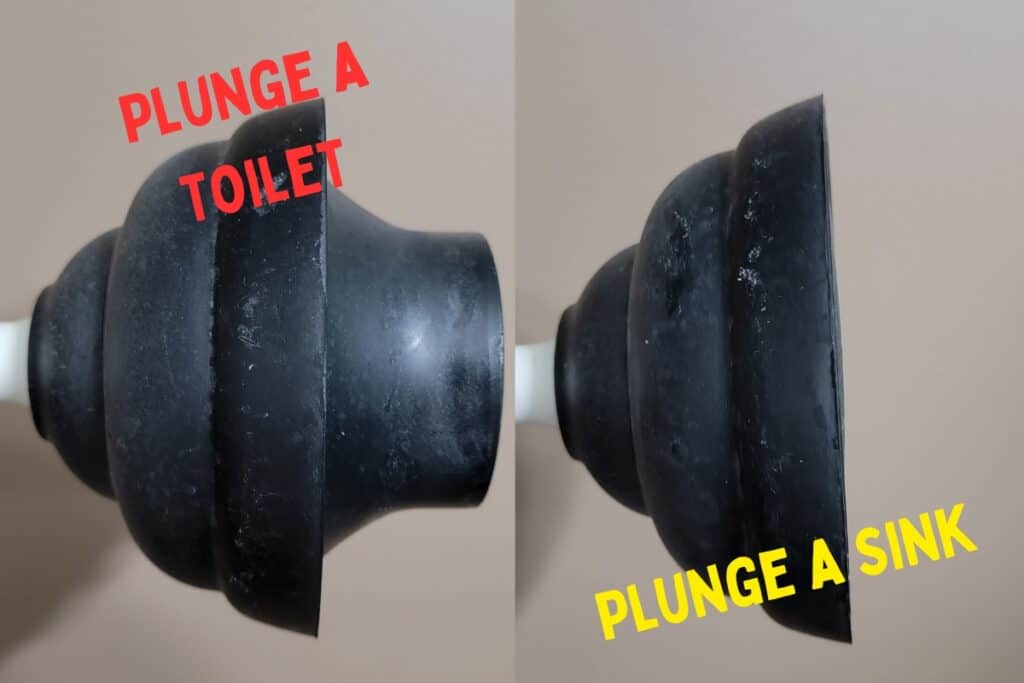
Pro Tip: Make sure your plunger’s inner flange that normally folds inside the cup is pulled out (see above image). Lift the toilet seat, and lay the plunger in the water (water will be near the top) almost horizontally to let out the air bubble inside the cup and flange. This will reduce the amount of water that you’ll be displacing which will necessarily overflow, and it will also reduce the kickback splash of air that your first thrust of the plunging process will create.
5. Clean Up the Mess
Before you begin cleaning up the mess, put on gloves and other protective gear, such as goggles and a mask, to protect yourself from contaminants. Use a wet/dry vacuum or a mop and bucket to remove as much water as possible. Dispose of any solid waste by placing it in a heavy-duty trash bag.
Pro Tip: There are two universal rules in plumbing: 1.) Poop rolls downhill, and 2.) don’t touch your hands to your face.
6. Clean & Sanitize the Area
According to the CDC, you should first clean the area with warm soapy water before sanitizing. Once cleaned with soap, use a bleach solution to sanitize surfaces affected by sewage. Mix 1 cup of bleach with 5 gallons of water to create the appropriate solution. Apply the bleach solution to all affected surfaces, including floors, walls, and fixtures, and allow it to sit for 15 minutes. Afterward, rinse the area with clean water and let it air dry.
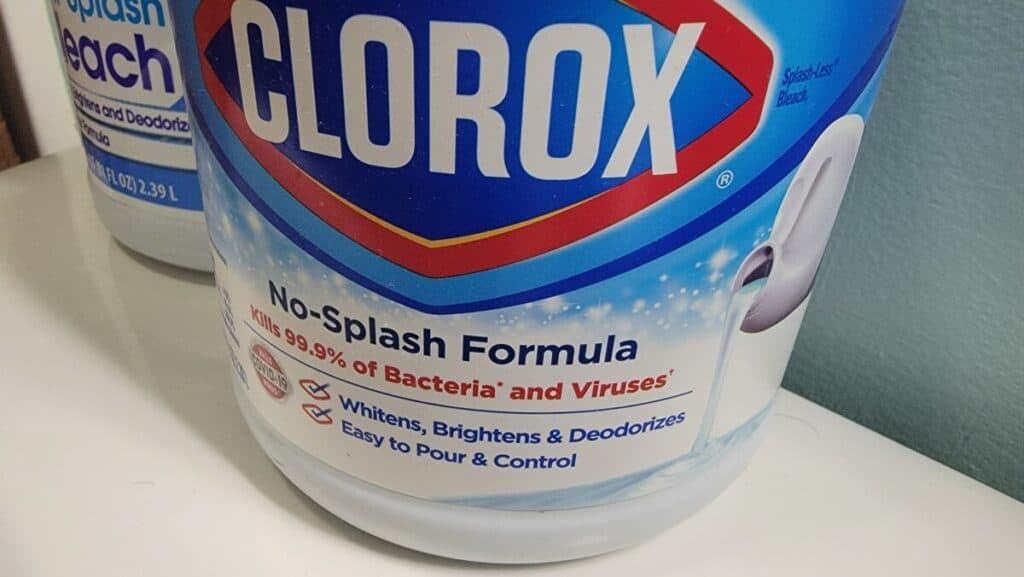
7. Dispose of Contaminated Materials
Any materials that have come into contact with the sewage, such as towels, rags, or clothing, should be considered contaminated and disposed of accordingly. Place these items in heavy-duty trash bags and discard them in a secure trash receptacle.
8. Prevent Future Overflows
To prevent future toilet overflows, follow these tips:
- Avoid flushing anything other than toilet paper and human waste.
- Do NOT flush sanitary wipes (even the “flushable” ones), baby wipes (even the “flushable” ones — unless it’s the Cottonelle brand)
- Do NOT flush tampons, condoms, hair clumps, paper towels, bars of soap, etc.
- If you’ve got a wiping job that is going to require more wipes than anticipated, do a wipe or two and flush. Repeat this process until you’re clean. Do not drop 10 wipes in a row in the toilet bowl, flush, and not expect a clog.
- Keep a trash can nearby for disposing of items that should not be flushed.
- Regularly inspect your toilet for signs of wear or damage.
- Perform routine maintenance on your toilet, such as checking for leaks and replacing worn components.
- Make sure your toilet is properly sealed where the base meets the floor going forward so that waste water cannot run beneath the toilet itself and cause water damage and lead to odor and bacterial growth.
9. Know When to Call a Professional
In some cases, a toilet overflow may be too severe for you to handle on your own. If you’re unsure of how to proceed or the situation seems out of control, don’t hesitate to call a professional plumber or sewage cleanup company. They have the knowledge, tools, and experience to handle the problem safely and effectively.
Final Takeaways
An overflowing toilet with poop is an unpleasant and potentially hazardous situation. However, by remaining calm, addressing the problem promptly, and following the proper sanitation and cleanup procedures, you can minimize damage and protect the health of your household. Remember to maintain your toilet regularly and know when to call a professional to prevent future overflows.



